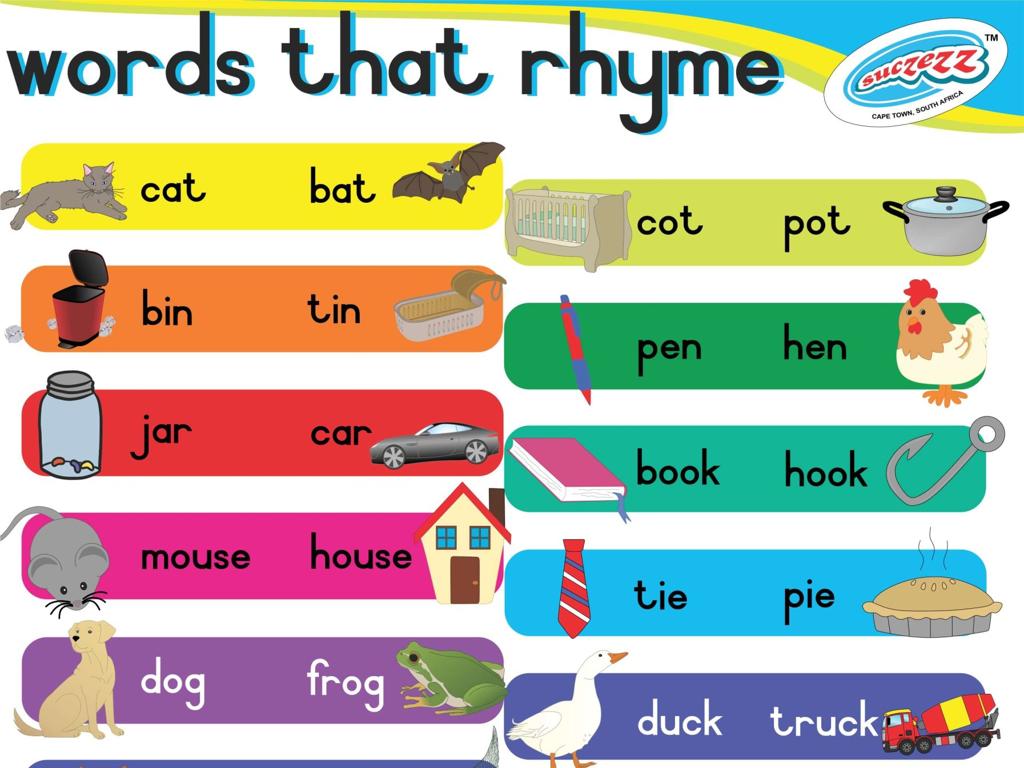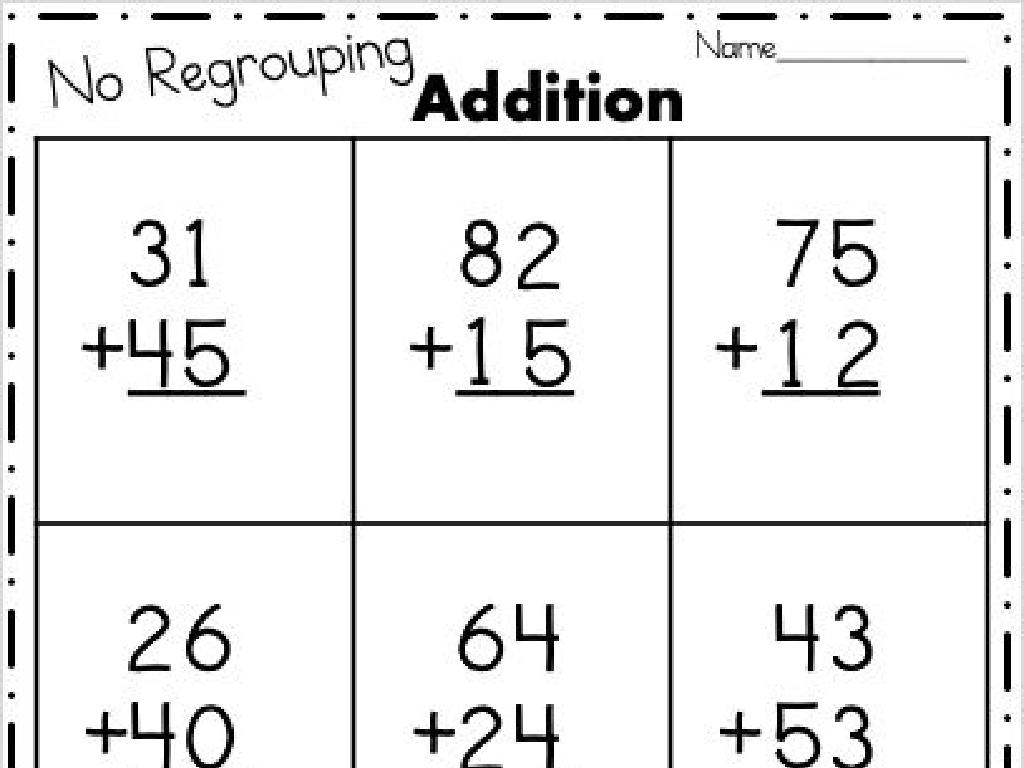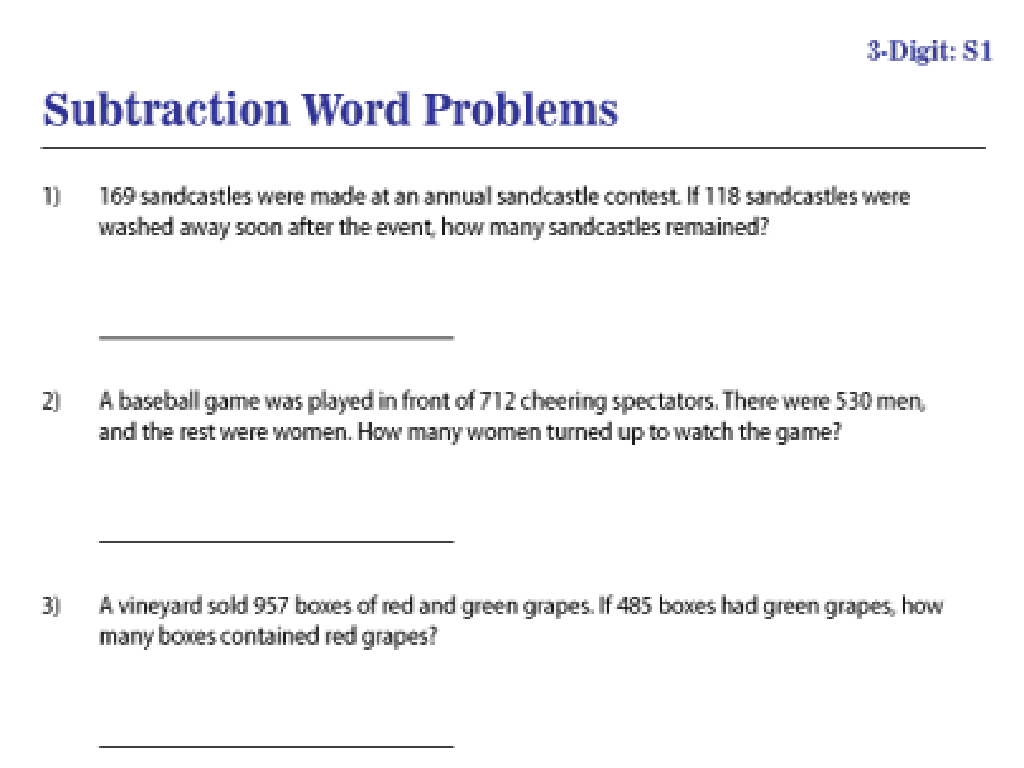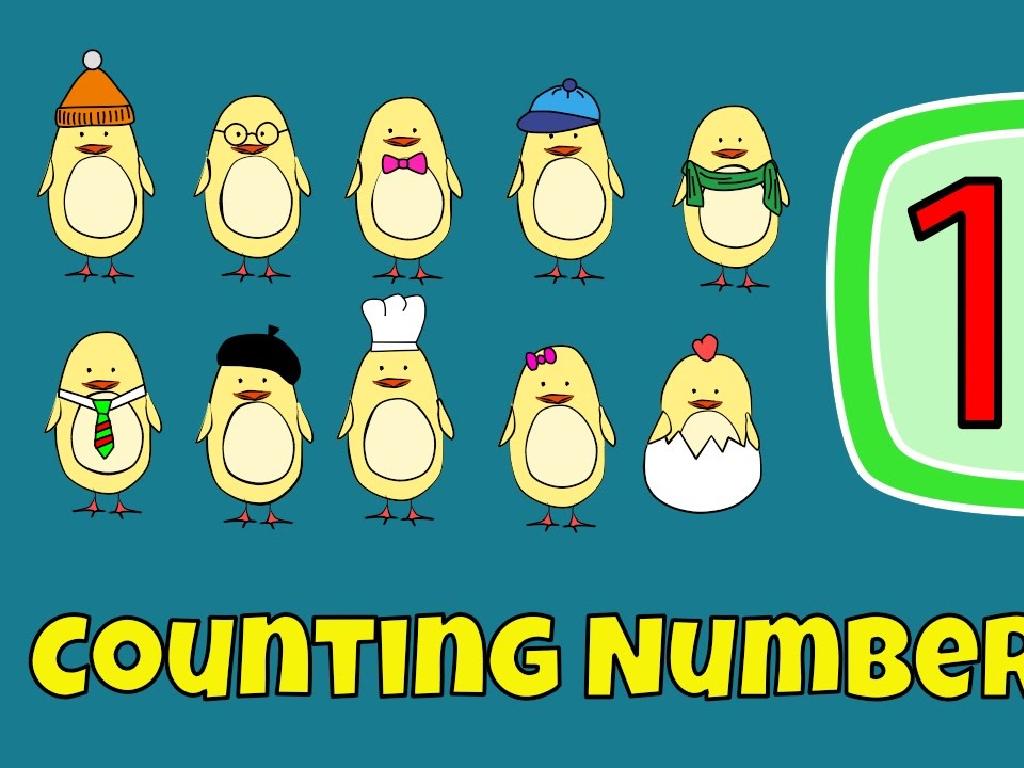Classify Fruits And Vegetables As Plant Parts
Subject: Science
Grade: Fourth grade
Topic: Plants
Please LOG IN to download the presentation. Access is available to registered users only.
View More Content
Plant Parts: Fruits & Vegetables
– Welcome to Science Class!
– Exploring plant parts
– Plants have roots, stems, leaves, flowers, fruits, and seeds.
– Fruits & Vegetables: Plant Parts
– Fruits develop from flowers; vegetables can be other plant parts.
– Importance of fruits & vegetables
– They provide nutrients and are essential in our diet.
|
Begin the class with a warm welcome and an introduction to the different parts of plants, emphasizing the role each part plays in the plant’s life cycle. Today’s lesson will focus on understanding how fruits and vegetables fit into the category of plant parts. Explain that fruits are the mature ovaries of flowers and contain seeds, while vegetables can be roots, stems, or leaves. Highlight the nutritional importance of fruits and vegetables in our diet. Engage the students by asking them to name their favorite fruit or vegetable and what part of the plant they think it comes from. This will set the stage for a more detailed exploration of the topic.
Exploring Plant Parts: Fruits and Vegetables
– Plants: Living organisms from the ground
– Plants give us oxygen, food, and shelter
– Plants have roots, stems, leaves, flowers
– Roots anchor the plant, stems support, leaves make food
– Fruits and seeds are also plant parts
– Fruits protect seeds; vegetables can be any other part
|
This slide introduces the concept that plants are living organisms with various parts, each with a specific function. Emphasize that plants are crucial for life on Earth as they provide oxygen, food, and shelter. Explain that roots help to anchor the plant in the soil and absorb water and nutrients, stems provide support, leaves are involved in photosynthesis, flowers can lead to fruit, and fruits contain seeds. Highlight that many of the fruits and vegetables we eat are actually different parts of plants. For example, carrots are roots, lettuce is leaves, and apples are fruits. This understanding is fundamental for the upcoming lessons on classifying fruits and vegetables according to the plant parts they represent.
Fruits vs. Vegetables: Plant Parts
– Fruits develop from flowers
– Like oranges, tomatoes, and berries
– Vegetables are roots, stems, leaves
– Like spinach, celery, and potatoes
– Example: Apples are fruits
– Example: Carrots are vegetables
|
This slide aims to help students distinguish between fruits and vegetables based on the parts of the plant they originate from. Fruits are typically the part that develops from the flower after pollination and contains seeds. Vegetables, on the other hand, can be any other part of the plant, including roots like carrots, stems like celery, or leaves like lettuce. Use examples like apples and carrots to illustrate the concept clearly. Encourage students to think of other examples and classify them as fruits or vegetables. This will help solidify their understanding of plant biology and the classification of plant-based foods.
Classifying Plant Parts: Fruits vs. Vegetables
– How to distinguish fruits from vegetables
– Fruits usually contain seeds
– Examples: Apples and tomatoes have seeds inside
– Vegetables are often seedless
– Examples: Lettuce and carrots typically do not have seeds
– Group activity: Discuss examples
– Share your findings with the class
|
This slide is aimed at helping students understand the difference between fruits and vegetables by focusing on the presence of seeds. Fruits are the part of the plant that develop from the flower and contain seeds, while vegetables are other parts of the plant such as roots, stems, and leaves and usually do not contain seeds. During the group activity, encourage students to think of various fruits and vegetables and discuss whether they have seeds or not. This will help solidify their understanding of how to classify plant parts. Provide guidance and examples if needed, and ensure each group has a chance to share their examples with the class.
The Role of Fruits & Vegetables in Our Diet
– Essential for a healthy diet
– Rich in vitamins and minerals
– They supply nutrients vital for health and maintenance of your body.
– High in dietary fiber
– Fiber aids digestion and can help prevent constipation.
– Eat a variety of colors daily
– Different colors provide different nutrients.
|
This slide emphasizes the importance of fruits and vegetables in maintaining a healthy diet. Fruits and vegetables are not only essential sources of vitamins and minerals but also provide dietary fiber, which is crucial for good digestive health. It’s beneficial to consume a ‘rainbow’ of fruits and vegetables, as the variety of colors often represents a variety of nutrients. Encourage students to think about their favorite fruits and vegetables and what colors they are. Discuss how each color group can contribute to different aspects of their health. For example, orange fruits and vegetables are typically high in Vitamin C and beta-carotene.
Class Activity: Plant Part Picnic
– Classify snacks as fruits or vegetables
– Create a chart with Fruits and Vegetables columns
– Place your snack in the correct column
– Discuss why it belongs there
– Is it a seed-bearing part (fruit) or another plant part (vegetable)?
|
This activity is designed to help students understand the difference between fruits and vegetables by classifying their snacks. Provide each student with a chart divided into two columns labeled ‘Fruits’ and ‘Vegetables.’ Students will then place their snack in the appropriate column. Encourage them to think about the characteristics of fruits and vegetables: fruits typically come from the flowering part of a plant and contain seeds, while vegetables can be roots, stems, or leaves. After placing their snacks, ask students to share their reasoning with the class. Possible variations of the activity could include bringing in a variety of fruits and vegetables for the class to classify together, drawing pictures of their snacks, or even a tasting session to explore different plant parts.
Review: Fruits, Vegetables, and Plant Parts
– Recap on fruits and vegetables
– Fruits and vegetables are edible plant parts with unique roles.
– Identify non-fruit/vegetable plant parts
– Examples: Roots like carrots, stems like celery, or leaves like lettuce.
– Engage in Q&A session
– Reflect on today’s learning
– Think about what we’ve discussed and how plants are more than just food.
|
This slide is aimed at reviewing the day’s lesson on classifying fruits and vegetables as parts of plants. Start by asking the students to summarize what they’ve learned about the roles and characteristics of fruits and vegetables. Then, challenge them to think beyond these categories and identify other plant parts that we eat, such as roots, stems, and leaves. Open the floor for a question and answer session to address any uncertainties and to reinforce their understanding. Encourage students to reflect on the importance of plants in our lives beyond their nutritional value. This will help solidify their grasp of the subject matter and promote critical thinking about the natural world.
Plant Part Picnic Homework
– Complete the classification worksheet
– Classify 10 items as fruits or vegetables
– Bring a fruit or vegetable to class
– Choose your favorite fruit or veggie for our picnic
– Draw and label plant parts we eat
– Show the stem, root, leaves, fruit, or seeds you eat
– Get ready for our Plant Part Picnic
|
This homework assignment is designed to reinforce the lesson on classifying fruits and vegetables as parts of plants. The worksheet will provide students with additional practice to solidify their understanding. Bringing a fruit or vegetable to class will prepare them for a hands-on activity during the Plant Part Picnic, where they will share and learn about the variety of plant parts we consume. The drawing task will help students visualize and remember the different parts of a plant and their relationship to the foods they eat. Encourage creativity and provide examples to guide them. The picnic will be an engaging way to discuss the importance of plants in our diet and appreciate the diversity of plant-based foods.





